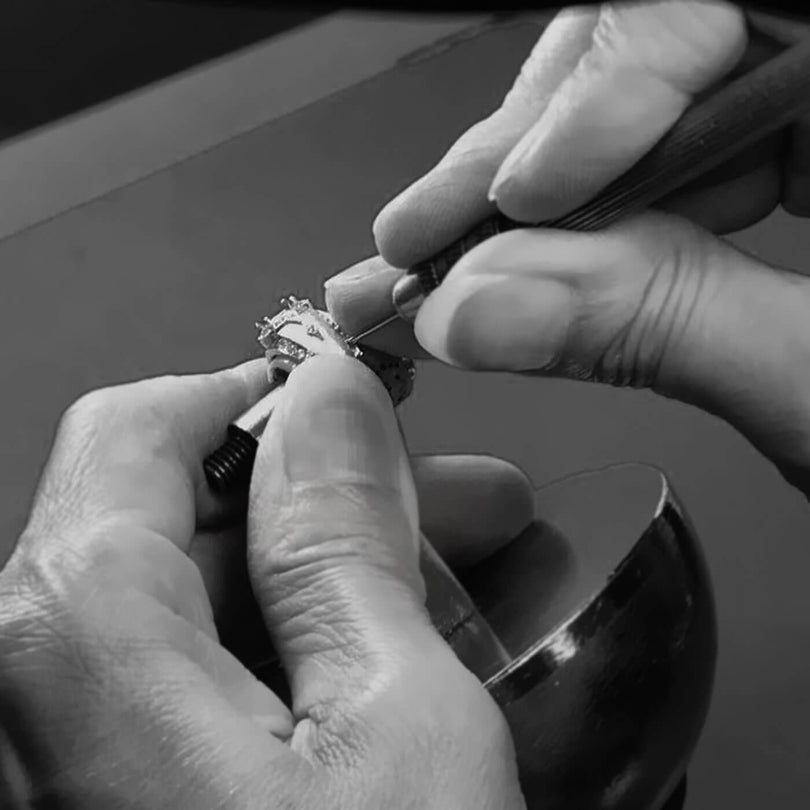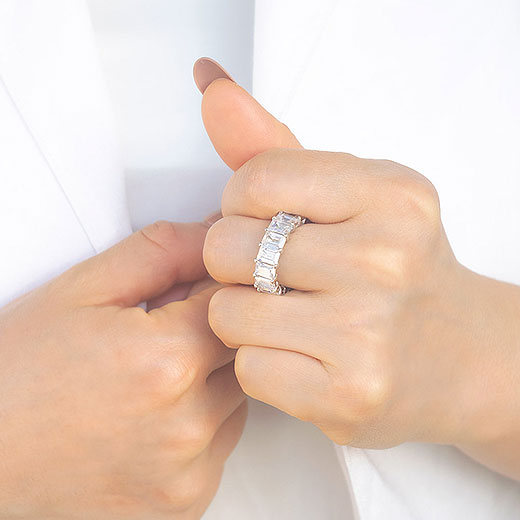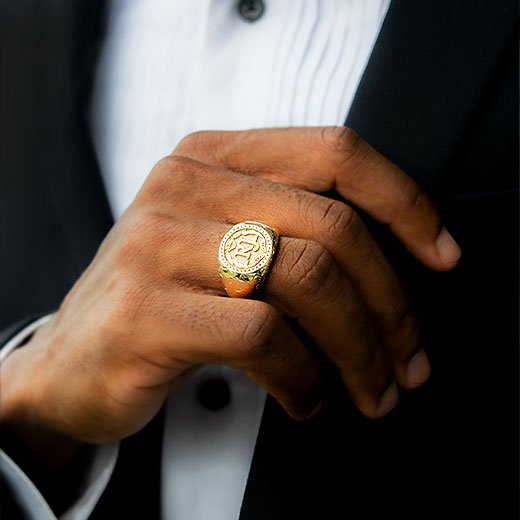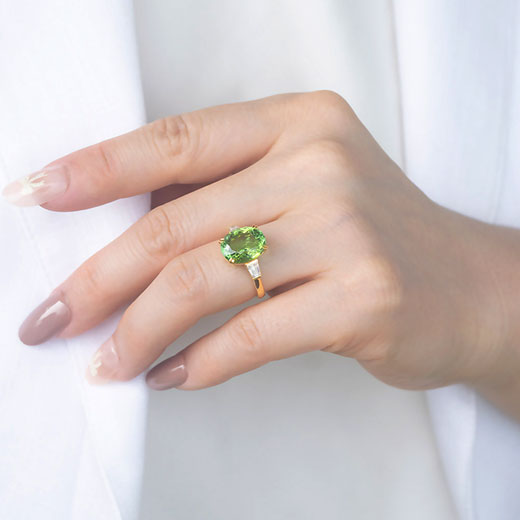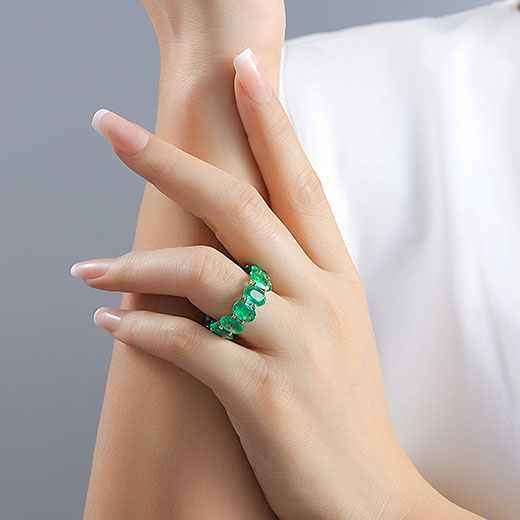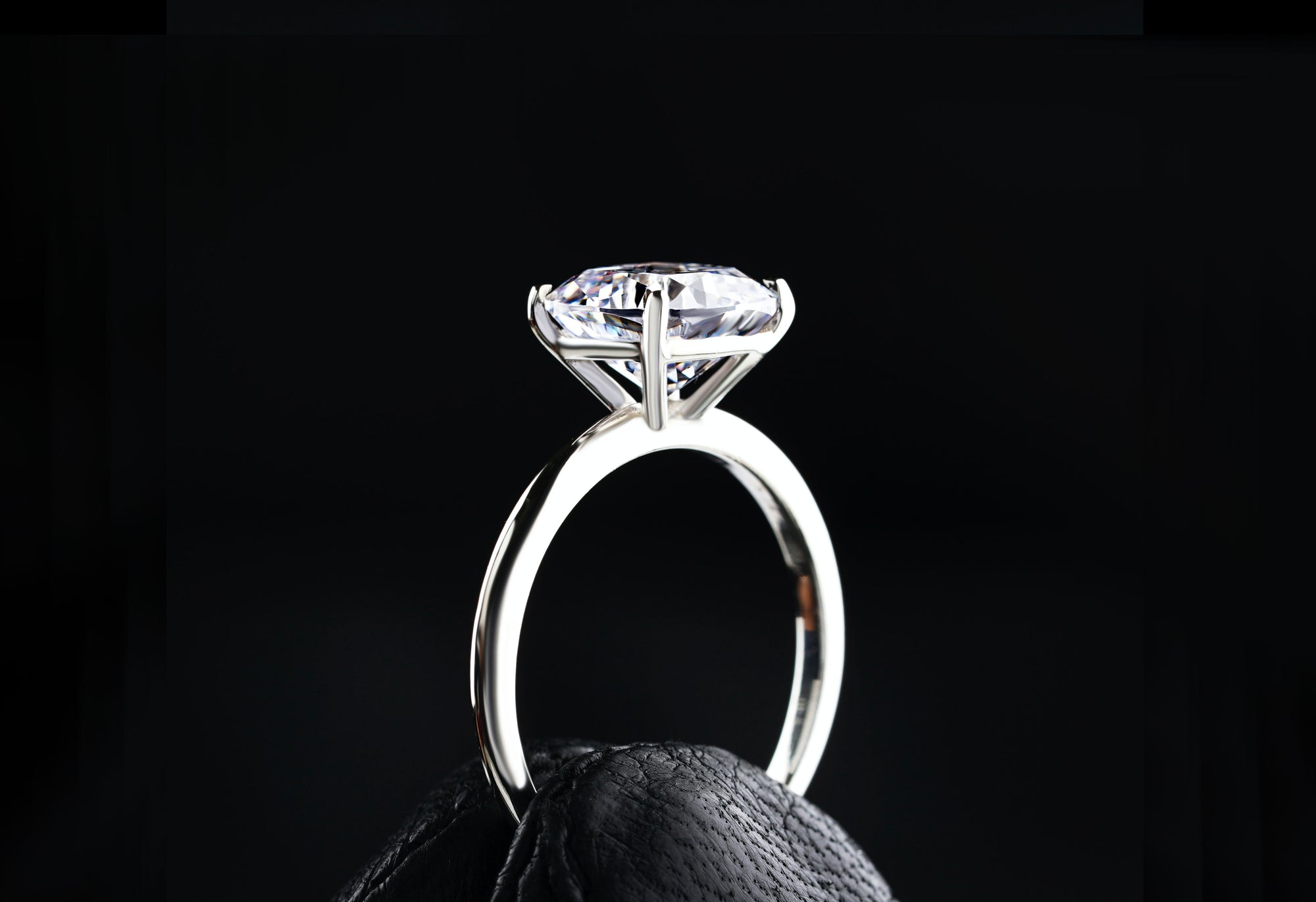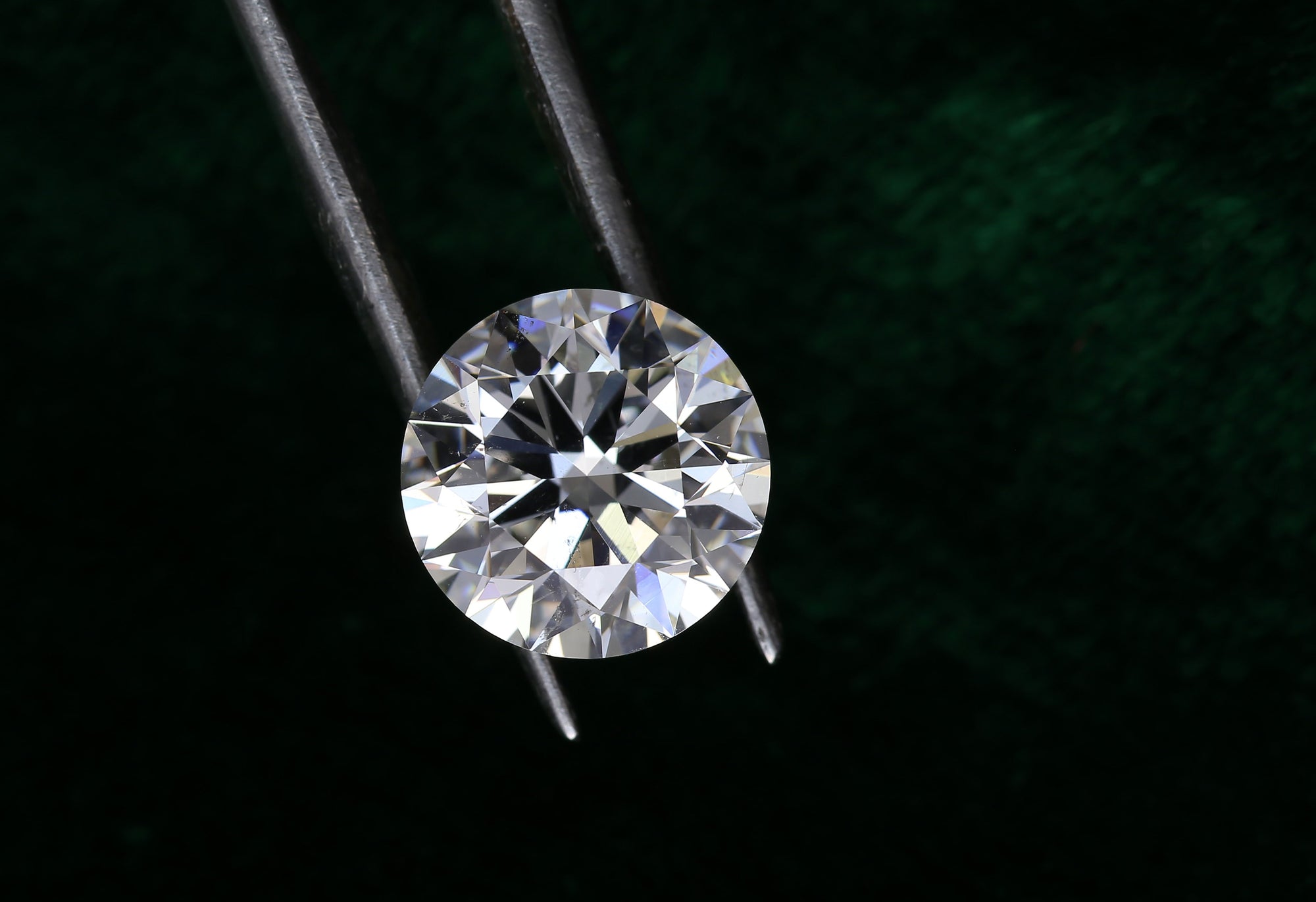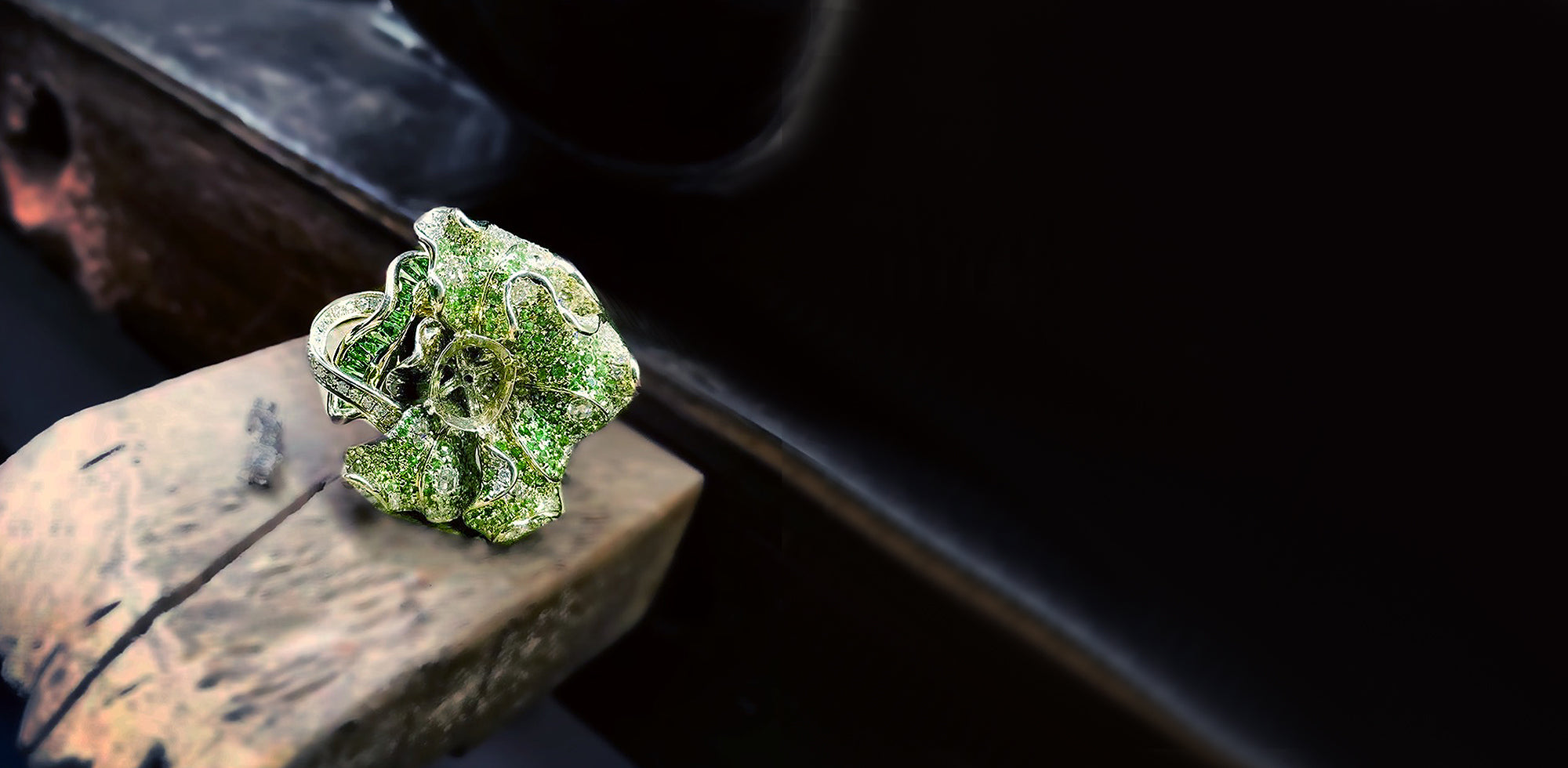OVERVIEW
With their ability to sparkle so brightly, diamonds have earned a reputation for themselves. As a general rule, we think of a diamond's cut grade as its shape (round, emerald, pear). However, a diamond's cut grade is really about how well its facets work together to reflect light. Craftsmanship and artistry are required to create a diamond's flawless proportions, symmetry, and polish, which only diamonds can achieve.
The quality of the diamond's cut is essential to its beauty and value. It's also the most difficult to understand and analyze of the four variables.
Diamonds with a standard round brilliant cut are graded on seven factors. The diamond's overall face-up appearance is taken into account for the first three parameters: brightness, fire, and scintillation. A diamond's design and craftsmanship are assessed by the four remaining factors: weight ratio, durability, polish, symmetry, and symmetry.
BRIGHTNESS
A diamond's refraction of white light from within and without.
FIRE
White light is split into all colors of the rainbow by scattering.
SCINTILLATION
The light and dark patterns created by the diamond's internal reflections give it its dazzling radiance. Every facet of a beautifully finished diamond shows the artisan's skill and attention to detail. Every angle and every facet of a diamond affects the amount of light that is returned to the eye. This is what makes it look like it's on top of the world.
When light enters a diamond, its proportions determine how it behaves. The diamond will appear dark and unattractive if light enters the crown and exits the pavilion. Diamonds with a variety of proportions and a high polish sparkle brighter, more vibrantly, and more dazzlingly.
The beauty of a diamond can be seen in a well-cut stone. The three optical effects that make a diamond sparkle are called brightness, fire, and scintillation. When a diamond's internal and external reflections meet, the result is a pattern that varies in size, arrangement, and contrast between light and dark areas. Bright and dark areas need to contrast enough to give the pattern a clean, sharp appearance.
Light performs better in certain proportions than in others, and this has long been known in the diamond industry. The GIA Research Department and GIA Laboratory, however, have shown that there are numerous combinations of proportions that can maximize the brilliance and fire in round brilliant cut diamonds in recent years.
The higher the cut grade, the more brilliant the diamond will be. Diamonds with high, moderate, and low brightness levels can be seen (from left to right) under fluorescent lighting.
The shape of a fashioned diamond can also be described by the term "cut." Fancy cuts refer to diamonds with shapes other than the standard round. Sometimes they're called "fancies" or "shapes". The names given to fancy shapes are also derived from the shapes themselves. For example, there are the marquise, pear, oval, heart, and emerald cut diamonds.


